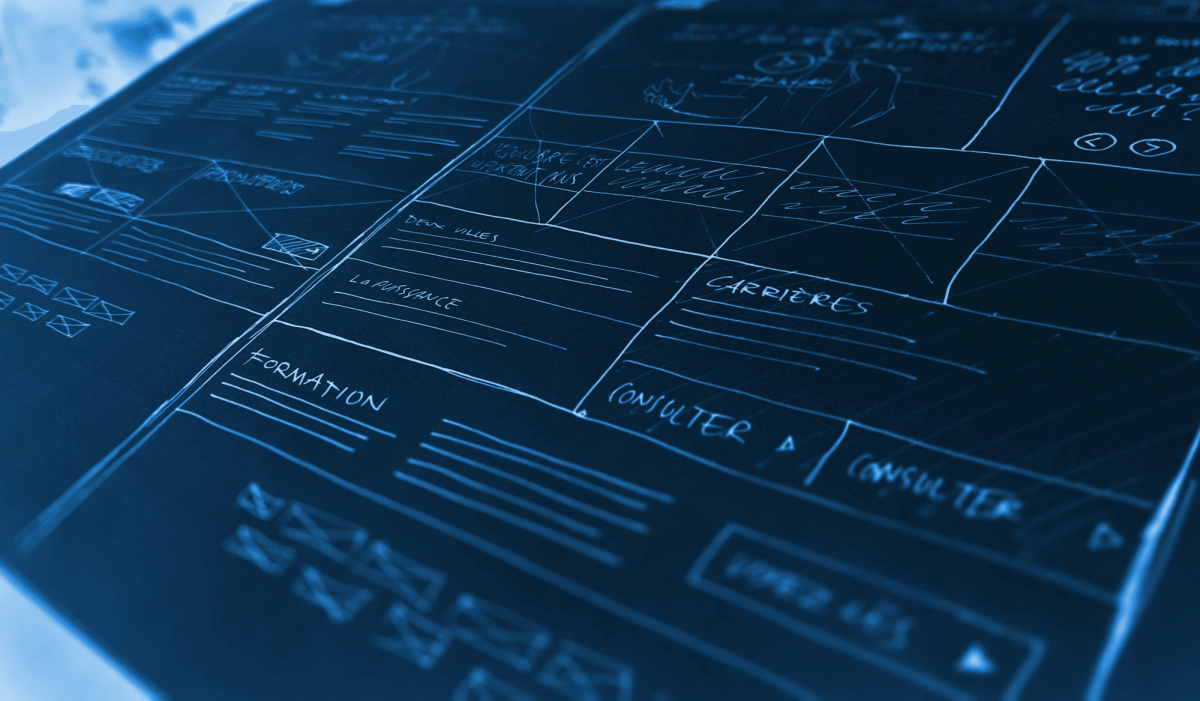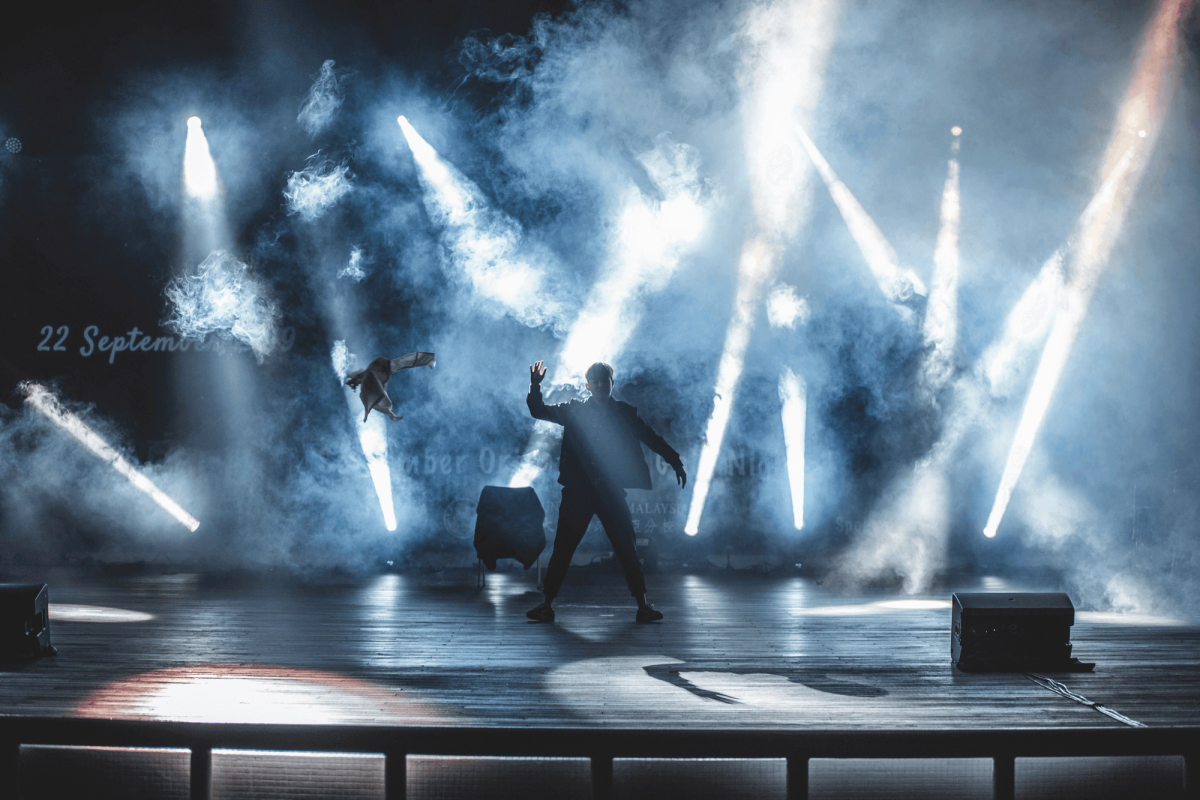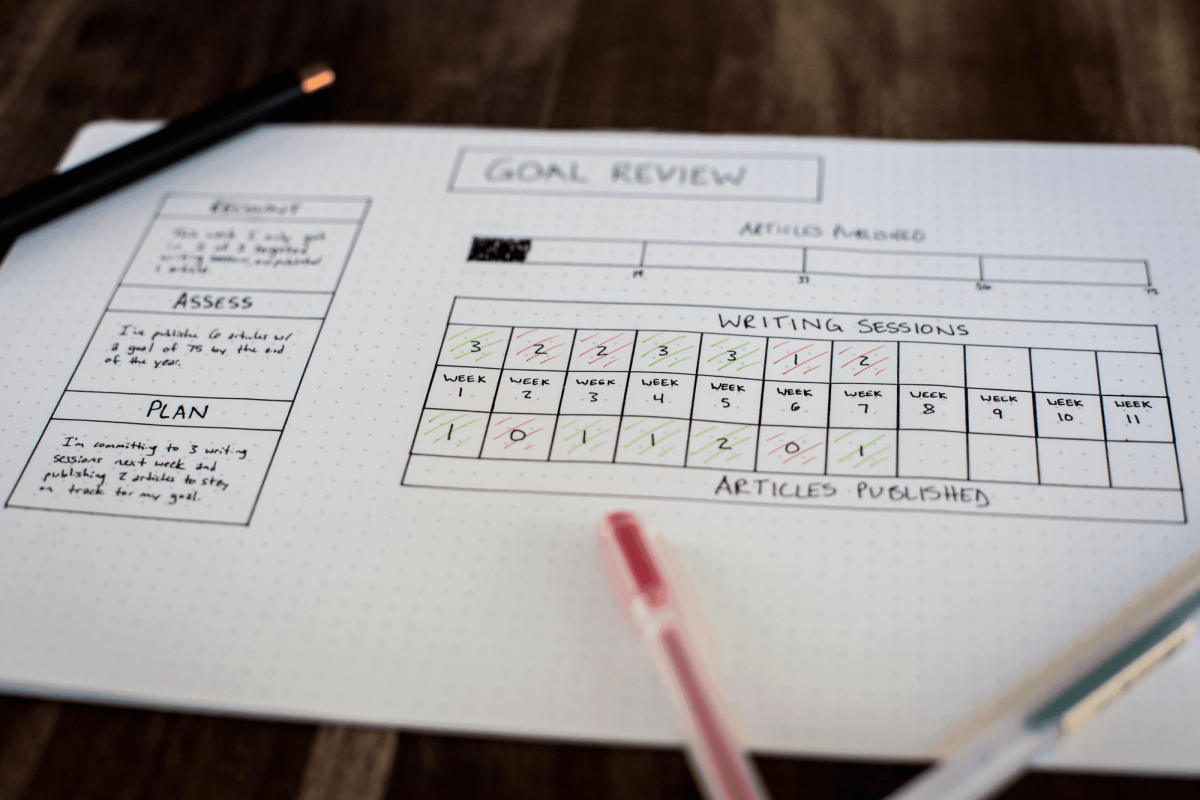The PR Event Playbook: A Step-by-Step Guide to Creating and Planning PR Events

PR events are a cornerstone in public relations, promoting a company, brand, product, or service live. They are meticulously planned and executed to create press, foster relationships, and enhance a company's public image. The essence of PR events lies in their ability to provide a platform for direct interaction between a brand or product release and its target audience, media, and other stakeholders.
Quick Summary
PR events are vital for promoting a brand or product, providing live interactions that enhance public image and foster media relationships. The planning process includes defining objectives, identifying the target audience, and creating buzz through strategic publicity. A blueprint is developed to detail every aspect, ensuring alignment with brand goals. As PR evolves, integrating digital strategies and focusing on memorable consumer experiences become essential. Effective analysis post-event he
The question often arises, "What are PR events?" They are live events organized by companies or PR professionals to promote a brand, launch a new product or service, or celebrate significant milestones. They are crucial for further their brand awareness, ignite curiosity, fostering community, and enhancing media relations.
The synergy between PR and events is palpable, as events provide a tangible consumer experience that helps promote a brand's message more engagingly and authentically.
Ready to Grow Your Business?
Get a free consultation and custom strategy tailored to your goals.
The significance of PR events has soared. They offer a break from the virtual world and provide an accurate, tangible experience that leaves a lasting impression on attendees.
Whether it's a product launch, a press conference, or a community outreach event, PR professionals say events are pivotal in designing events that resonate with the audience and the media.
Starting PR Event Planning: Where to Begin?

The journey toward designing buzz-worthy PR events begins with meticulous PR event planning. This phase is critical because it sets the tone for the entire event. Ensuring everything is correct during this stage is the key to unlocking the door to triumph.
The process starts with clearly understanding the objectives you aim to achieve through the event. Are you launching a product release or a new product or service? Are you looking to enhance your brand's public image or foster relationships with media outlets? Understanding the 'why' behind the event is the first step in PR event planning.
Next comes the identification of the event publicity and target audience. Who are most interested in the individuals or companies you want to reach and influence through your PR event? Knowing your audience helps tailor the event's theme, content, and activities to meet their interests and expectations.
One of the primary goals of PR event planning is to create buzz and anticipation before the event, which is where event publicity comes into play.
Crafting compelling press releases, engaging social media campaigns, and partnering with other brands or local businesses are some of the strategies employed to promote, generate interest and ensure a booming turnout for memorable events.
Creating a PR Event Blueprint: "What does it include?"

A comprehensive PR event blueprint is the roadmap to a successful event. It encompasses every detail, from the venue selection and entertainment arrangements to the media relations strategy.
One often asked is, for example "What are the three PR activities crucial for event planning?" They are typically media outreach, social media promotion, and community engagement.
Let's consider an example of a special event in PR - a product launch. The planning for such an event would entail identifying the right venue that aligns with the brand's image, making a list of invitees, including journalists, influencers, and potential customers, planning the product launches showcase, and devising a strategy for promo of the product launches event across various media channels.
The lines between PR and social media are blurring in the digital era. Utilizing social media to create buzz and attention before, during, and after the event is now a staple in PR event planning. It's about creating a narrative that resonates with the audience and keeps them interested and engaged.
Moreover, a well-thought-out PR event blueprint also focuses on the follow-up after the press event, which includes sending out thank you notes, sharing event highlights through social media and a press release, and analyzing the event's success to glean insights for future PR events.
A comprehensive PR event blueprint requires creativity, strategic thinking, and meticulous attention to detail.
It involves envisioning the event from start to finish, ensuring that every aspect aligns with the brand's objectives, and designing a memorable experience for attendees and media.
Engaging Your Target Audience: How to Resonate?

Making a PR event that resonates requires understanding your target audience's preferences and expectations.
It's essential to conduct thorough research to understand what captivates your audience, what messages will resonate, and what kind of experiences and services they value.
Identifying and Understanding Your Target Audience:
- Collect feedback through surveys or focus groups to better understand your target audience's preferences and demands.
- Utilize social media analytics to understand the demographics and behaviors of your community.
- Look at past events and analyze which aspects were well-received and which weren't.
Strategies for Creating Buzz and Anticipation:
- Leverage social media to tease the event, share behind-the-scenes content, and create countdowns to build anticipation.
- Distribute a press release to relevant media outlets, highlighting unique aspects of your event and why it's newsworthy.
- Partner with local organizations or influencers to promote the event, generate a broader reach, and get more interest.
Measuring Audience Engagement and Feedback:
- Utilize post-event surveys to gather feedback from attendees.
Ready to Grow Your Business?
Get a free consultation and custom strategy tailored to your goals.
- Monitor social media mentions, shares, and comments to gauge engagement and interest.
- Analyze website traffic and ticket sales (if applicable) to measure the direct impact of your promotional efforts.
Executing the PR Event: A D-Day Walkthrough

The day of the PR event is a culmination of all the planning, organization, and preparation. It's a day filled with opportunities to create memorable experiences, showcase your brand, and engage with your audience meaningfully.
Timeline of Activities:
- Have a clear timeline of activities, from the opening remarks to the closing ceremony.
- Ensure all teams are aligned with the schedule and prepared for their respective roles.
Ensuring Seamless Coordination:
- Establish a central communication channel for real-time coordination among different teams and stakeholders.
- Have contingency plans to handle unexpected challenges that may arise during the event.
Handling Contingencies and Unexpected Challenges:
- Be prepared for technical glitches, delays, or other unforeseen challenges.
- Have a crisis communication plan to address any issues promptly and maintain a positive public image.
Post PR Event Analysis: Measuring Success and Lessons Learned

The post-event analysis is crucial for evaluating the success of the PR event, learning from missteps, and improving future events.
Evaluating the Success of the PR Event:
- Compare the objectives set for the PR event with the actual outcomes to evaluate success.
- Analyze media coverage, social media engagement, and attendee feedback to measure the event's impact on brand awareness and public relations.
Collecting and Analyzing Feedback:
- Collect feedback from attendees, clients, and stakeholders to understand what worked well and what didn't.
- Use the feedback to identify areas for improvement in future events.
How does a PR company contribute to the post-event analysis?
- A PR company can provide expertise in analyzing the data collected, drawing insights from the feedback, and suggesting actionable steps for improvement.
- They can also assist in measuring the ROI of the event, evaluating the publicity generated, and understanding the overall impact on the brand's reputation and relationships with the audience and the wider industry.
Ready to Grow Your Business?
Get a free consultation and custom strategy tailored to your goals.
By meticulously planning, executing, and analyzing your PR event, you can ensure that it resonates with your audience, achieves the set objectives, and contributes to your brand's overall triumph and reputation in the industry.
Future of PR Events:What's Next in Event Planning?

The landscape of PR events is evolving with new technologies and changing consumer demands. As we move forward, integrating digital strategies creative ideas, and focusing on making memorable consumer experiences are paramount in PR event planning and execution.
Public relations professionals are now more than ever required to adapt to these changes swiftly to ensure the success of their product launches, sales and brand awareness campaigns.
Emerging Trends in PR Event Planning and Execution:
- virtual and hybrid events:The pandemic has accelerated the adoption of virtual and hybrid events. These formats allow brands to engage with a broader audience, transcending geographical boundaries. They also offer a cost-effective way to host events while ensuring the safety and convenience of attendees. With the rise of virtual platforms, companies have found a new avenue to release products and services to a global audience, making the product remove an integral part of the digital PR strategy.
- Experiential Marketing:Crafting an extraordinary experience is at the forefront of modern PR events. Whether through immersive technology, entertainment, or interactive sessions, the aim is to create events that resonate with the audience. For example, a food brand might host a live cooking demonstration to engage customers, while a tech business might provide hands-on experiences with their new products. The goal is to produce a great experience that will be featured in the news, creating a buzz around the brand.
- Sustainability:There's a growing emphasis on hosting eco-friendly events that minimize waste and have a lower carbon footprint, promoting a positive public image and resonating with environmentally conscious consumers. This approach appeals to a broad consumer base and positions the organization as a responsible entity in the eyes of clients and potential business partners.
- Data-Driven Decision Making:Data analytics is becoming a standard practice to inform event planning, measure triumph, and optimize future events. This approach helps understand the ROI and the overall impact of PR events. By analyzing sales data, for instance, a company or business can better understand the direct effects of a PR event on consumer behavior and adjust its strategies accordingly.
Are PR Events Today's PR? The Modern Digital Landscape

Events are indeed a significant part of public relations in the digital era. They provide a platform to promote a company or brand, launch a product or service, and contact the media, clients, and audience.
The press often attends these industry events, allowing journalists to interact with company representatives and gather details for their stories.
Live events, in particular, offer a unique opportunity to create press and foster personal relationships, which are crucial for building a positive public image. Interacting with the audience can provide valuable insights for future PR activities.
The publicity generated from a well-executed PR event can be amplified through the press and digital channels, reaching a broader audience and making a lasting impact.
Moreover, the creative aspects of an event can be highlighted through various media outlets, further enhancing brand awareness and customer engagement.
Applying Past Learnings to Future PR Event Planning

Post-Event Analysis:Conduct a thorough analysis of past client events to understand what worked well and what didn't. Collect feedback from attendees, customers, and stakeholders to gather insights. This analysis can provide tips on how to better cater to the interests and preferences of the client and audience.
Leverage Technology:Modern event management software and analytics tools are used to streamline planning, entertain attendees, and measure triumph. For instance, using advanced software can simplify sending out invites to invite a selected audience, ensuring a well-organized and well-attended event.
Continuous Improvement:Adopt a culture of constant improvement. Use the learnings from past events you attend to inform the planning of future events, ensuring each event you attend is better than the last. Collaboration with other organizations or venues can bring fresh perspectives and resources, contributing to the event's success.
Collaboration:Partnering with other businesses, local venues, and vendors can provide new perspectives and resources to enhance the event experience. A wedding planning company may partner with a other venue, local forum or food vendor to offer clients a unique and memorable experience.
The future of PR event planning is exciting, with numerous opportunities to innovate, entertain audiences in new ways, and create news that reverberates across various media outlets.
By staying abreast of emerging trends, leveraging technology, and adopting a data-driven approach, brands can ensure their PR events continue to make a significant impact in a rapidly evolving digital landscape.
The blend of traditional PR tactics and tips with modern digital tools is paving the way for a new era of public relations, where engaging, data-informed, and creatively executed events play a pivotal role in building and maintaining a reputation and a solid brand image.
Ready to Grow Your Business?
Get a free consultation and custom strategy tailored to your goals.